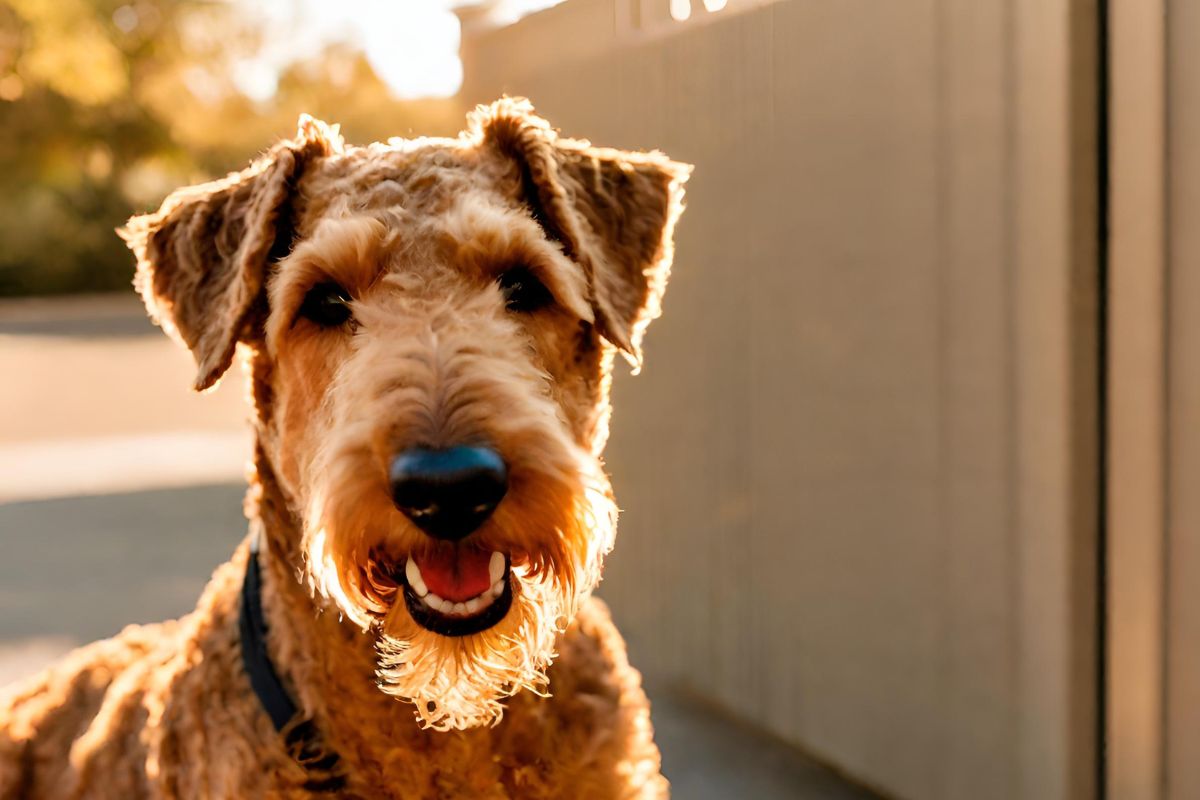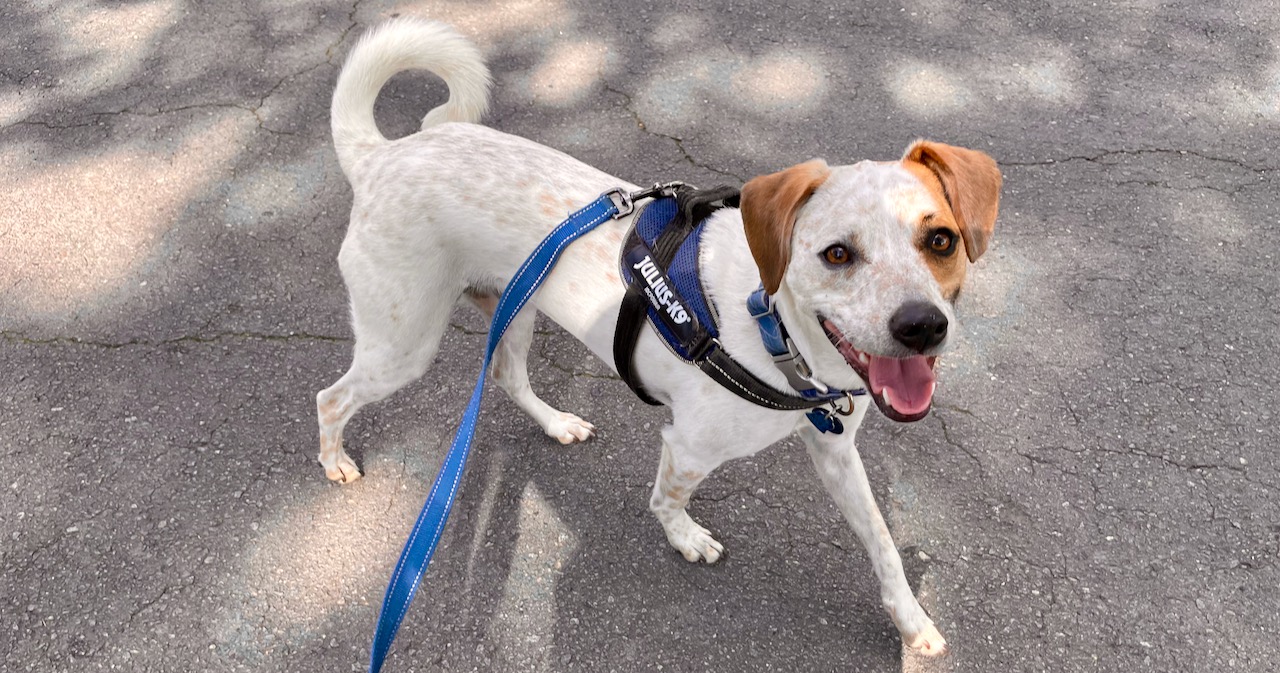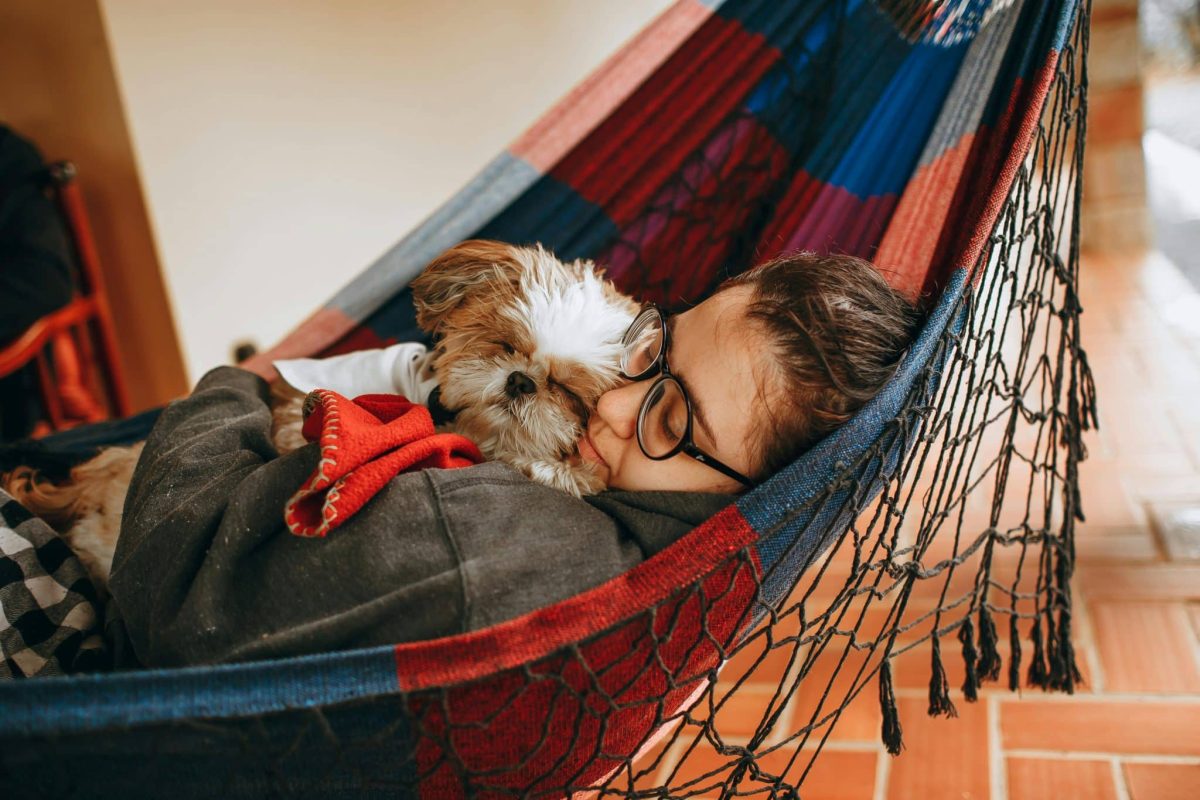Terrier dogs are one of the most popular breed groups. It’s easy to see why, since every prospective dog owner has them at the top of their list. But what people don’t realize is there are many variations.
So I thought it was time to look closely at the group. I’ll dive into what defines a Terrier, all the acknowledged types, and provide more detailed discussions of its popular variations. From there, it’ll become clear whether these dogs are an ideal choice for your next pet!
What is a Terrier?
Terriers refer to a specific ground and type of dog within the canine community. It’s one of the more diverse classifications with wide size and characteristic ranges. But there are a few things that bind all of these dogs together.
First, their original breeding purposes were to hunt and dig for small prey. It made them common enemies for animals like rats, moles, and foxes. So it’s easy to imagine how helpful these dogs were in the old days.
Some other shared characteristics include massive energy reserves, a sense of mischief, high intelligence, and a feisty/adorable personality. These traits have made Terriers a sought-after dog group or type among potential owners.
Terriers also are more territorial than other breeds. It makes them prone to barking, making them a lousy fit for some people. But in most cases, there will be a Terrier breed that fits your specific needs.
How Many Types of Terrier Dogs Exist?
There’s a bit of debate about what breeds fall under the Terrier group. But today, I’ll make things simple and follow the AKC (American Kennel Club) guidelines.
In their database, 31 breeds are under the Terrier group:
- Airedale
- American Hairless
- American Staffordshire
- Australian
- Bedlington
- Border
- Bull
- Cairn
- Cesky
- Dandie Dinmont
- Glen of Imaal
- Irish
- Jack Russell
- Kerry Blue
- Lakeland
- Manchester
- Miniature Bull
- Miniature Schnauzer
- Norfolk
- Norwich
- Parson Russell
- Rat
- Russell
- Scottish
- Sealyham
- Skye
- Smooth Fox
- Soft-Coated Wheaten
- Staffordshire Bull
- Welsh
- West Highland White
As you can see, there are a lot of different Terrier breeds to choose from for potential owners. It can be a little overwhelming, especially if you’re a first-timer.
That’s why research is vital when selecting one to ensure you choose the right type. In the next section, I’ll even give a head start by discussing several popular types in more detail.

The 8 Most Popular Types of Terrier Dogs
Even among these eight popular Terrier breeds, there’s significant variation. But don’t worry; I’m positive one of them will mesh perfectly with your household’s needs. Let’s see what Terrier (alphabetical order) is right for you!
1. Airedale Terrier

Size is the first thing to stand out about Airedale Terriers. These dogs are considered the largest in this group, reaching 2 feet tall and weighing up to 65 pounds. It’s not what you’d often expect when picturing a Terrier.
But their size isn’t the only intriguing aspect of Airedale. Their intelligence is heightened even among other breeds within the Terrier group. I’ve seen Airedales capable of doing numerous tricks and commands that others can’t do. It’s why some Airedales are used in service roles like police or guide dogs.
However, potential owners should be aware of their high exercise needs. These dogs require massive amounts of physical and mental stimulation every day. So they can be an excellent family dog, but only to a household that’s devoted to giving them succinct attention.
2. American Staffordshire Terrier

American Staffordshire Terriers hold a special place in my heart. These lovely, sweet dogs are wonderful family pets loyal to their humans. Honestly, you couldn’t ask for a better companion inside your household.
Sadly, this breed often gets a bad reputation because of its origins. American Staffordshire Terriers were originally bred for dog fighting purposes. But their muscular physical profiles are only a disguise hiding their truly adorable and loving natures.
Other notable traits include intelligence, high energy levels, and extensive stimulation needs. In other words, families should be ready to spend a lot of time with this breed. If not, this breed may not be a good fit.
3. Bull Terrier

Bull Terriers are another misunderstood breed because of a tragic origin (dog fighting). But they’ve since adapted well into being outstanding companion animals. Their loyalty and friendly personalities are suited for many types of households.
One of the best parts about Bull Terriers is their playful nature. You won’t find a dog who loves fetch or other games more than this breed. These dogs just want to spend time with those they consider family.
But this need for attention does leave them prone to separation anxiety. Bull Terriers won’t be a good fit for someone working constantly. They do much better with a family who always have a family member around this sweet-natured animal.
4. Cairn Terrier

Cairn Terriers may be a little smaller, but it doesn’t do anything to their tenacity. These Scottish pups will ensure their owners remain on their toes. Therefore, I’d never recommend these dogs to anyone inexperienced with pups or easily distracted.
But don’t assume their tenacity makes them ill-suited for being a family dog. It couldn’t be further from the case as Cairn Terriers love snuggling with their owners. Plus, they’re smart enough to learn a long list of tricks and commands.
I didn’t even mention their adorable appearance with shaggy eyebrows and insulated coats. It’s easy to see how this breed can get through the horrible weather in Scotland. Due to this, they won’t have trouble living anywhere as they’re quite versatile.
5. Jack Russell Terrier

Jack Russells are one of the most energetic dog breeds to exist. These animals’ energy levels never seem to deplete, and their curiosity often gets the best of them. It’s common for them to get into places considered off-limits in a household.
Their small stature is another standout characteristic. On average, Jack Russells are rarely over 14 inches tall and only weigh about 15 pounds. But they certainly have a personality that’s usually reserved for a much larger dog.
For instance, Jack Russells are not known for standing down to anything. These dogs will attack any potentially problematic situation with a noticeable intensity. It makes them a difficult dog to handle unless you’re committed to the necessary training.
But with this training, these traits can soon become endearing. You can train them to do various tricks and commands, which is why they’re staples at dog shows. It also doesn’t hurt that Jack Russells are almost unbelievably cute, even among other small Terriers.
6. Miniature Schnauzer

Miniature Schnauzers are another smaller Terrier breed, standing at 14 inches. But their smaller statues don’t have a formidable intensity like Jack Russells. These Schnauzers offer a much less demanding, more affectionate personality.
Parents should also know that Miniature Schnauzers are known for being excellent with kids. Their small size and charming temperaments make them ideal fits. So if you’re looking for a child’s first dog, this breed could be a solid option.
But overall, these dogs are still a Terrier breed at heart. They still require significant mental and physical stimulation compared to dogs outside this group. If you don’t meet these needs, it’s common to see them tear a shoe or couch in response.
7. Scottish Terrier

Scottish Terriers share several qualities with the people who occupy their homeland. This breed is stubborn, strong-willed, and comes with a well-developed personality. Most owners are shocked by their independence compared to similar dogs.
These qualities often make them harder to train than their fellow Terriers. But I find this breed more than rewarding owners with enough patience to handle them. If you break through their tough facade, they’re endearing companions.
In these situations, these Terriers become everything you can want from a dog. They make sure your life never has a dull moment with fun and loyal personalities. I haven’t met a Scottish Terrier owner who has regretted getting one.
My only advice would be to ensure you’re ready for the commitment. If not, it’s best to choose other Terriers or another less stubborn breed group.
8. Soft-Coated Wheaten Terrier

Our last breed type, the Soft-Coated Wheaten Terrier, comes from Ireland. It was typical to find them working on farms herding sheep, and guarding livestock. But don’t worry; these working dogs transition seamlessly into being household pets.
In fact, their playful personality mixes well with anyone. It’s hard to find a more compatible option for children among Terriers (maybe the Miniature Schnauzer), especially given their friendly natures. Soft-Coated Wheaten Terriers are always willing to participate in a game of fetch or tag.
Another standout trait of this breed is their single-layer coat. It makes them an ideal pick for anyone with allergies, as they don’t shed too significantly. Sadly, I’ve become some type of an expert on the subject as mine have gotten worse with age.
Conclusion
Officially, the AKC recognizes 31 different types of Terrier dogs. But most people choose one of the more popular options within this group: Airedale, American Staffordshire, Bull, Cairn, Jack Russell, Miniature Schnauzer, Scottish, or Soft-Coated Wheaten Terrier. Among these eight options, there’s a significant variation in sizes and characteristics.
For instance, someone with severe allergies would be best with the Soft-Coated Wheaten Terrier, while a parent could benefit from a Miniature Schnauzer. Airedales or American Staffordshire Terriers could be more your speed If you’re looking for a large breed.
If these Terrier types meet your needs, post in our comment section. I’ll point you toward another variation that may suit your household better. In most cases, there will be a Terrier breed right for everyone! Thanks for reading!



